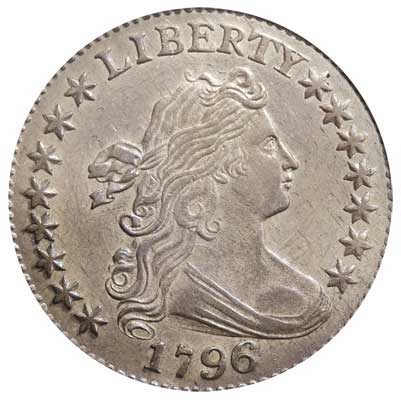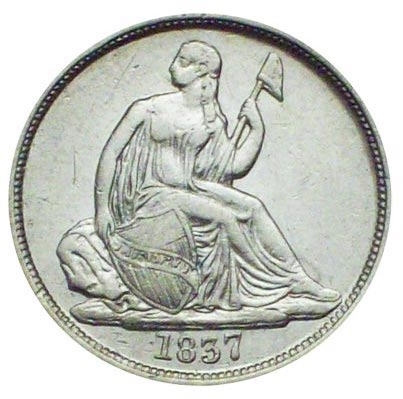Dime Coin Value Checker
Dime Varieties

Bust Dime
(1796-1837)

Seated Liberty Dime
(1837-1891)

Barber Dime
(1892-1916)

Mercury Dime
(1916-1945)

Roosevelt Dime
(1946-present)
Dime History
The dime is one of the most iconic coins in U.S. currency, with its history stretching back over 200 years. Authorized by the Coinage Act of 1792, the first dimes, known as Draped Bust dimes, were minted in 1796 and featured a depiction of Liberty on the obverse. For the first few decades of the 1800s, different variations of the Draped Bust dime were issued, with modifications to the design on the reverse side of the coin. This was followed by the Seated Liberty dimes, minted from 1837 to 1891, showcasing a seated version of Liberty as well as adding the words “One Dime” on the reverse side of the coin.
The transition to the Barber dime occurred in 1892, designed by mint engraver Charles E. Barber. The Barber dime, characterized by the head of Liberty wearing a cap, continued to be minted until 1916. It was succeeded by the iconic Mercury dime, featuring a depiction of a Winged Liberty wearing a Phrygian cap. Although officially named the Winged Liberty Head dime, it became widely known as the Mercury dime since the obverse resembles the Roman god Mercury. Produced from 1916 to 1945, the Mercury dime remains a very popular series for collectors.
In 1946, the Roosevelt dime was introduced, displaying President Franklin D. Roosevelt on the obverse and an olive branch, torch, and oak leaves on the reverse. This was done to honor the late president and the work he did during the Great Depression. To this day, the Roosevelt dime continues to circulate as the current design. Over the decades, the dime has transitioned between different obverse and reverse designs, but throughout its 200+ year history, it has remained an integral part of the U.S. currency system.